In this blog article, we will explore the remarkable influence of virtual reality on photographic techniques and its significant advantages.
Enhanced Immersive Experience
Virtual reality allows photographers to create captivating visual narratives that go beyond traditional flat photographs. By leveraging VR technology, photographers can transport viewers into a three-dimensional world, enabling them to explore the scene as if they were physically present. This immersive experience opens up a whole new dimension of storytelling and brings photography to life.
- Virtual reality enables viewers to interact with the photograph, enhancing engagement levels.
- By providing a sense of presence, VR facilitates a deeper emotional connection between the viewer and the photograph.
- Photographers can create virtual galleries, amplifying the impact of their work and reaching a broader audience.
Unique Perspectives and Angles
Virtual reality technology enables photographers to capture unique perspectives and angles that were previously impossible or challenging to achieve. By using special VR cameras and rigs, photographers can capture a 360-degree view, allowing viewers to explore every aspect of the scene. This novel approach adds a sense of exploration and discovery to the photographic experience.
- Photographers can immerse viewers in hard-to-reach or dangerous locations without compromising safety.
- 360-degree photography enables storytelling from multiple viewpoints, offering a comprehensive visual narrative.
- VR photography encourages creativity by pushing photographers to think beyond traditional composition techniques.
Timeless Moments Preserved
Photography is often cherished for its ability to capture fleeting moments that become cherished memories. With virtual reality, photographers can enhance this preservation by capturing not just a moment but an entire environment or experience. By digitally recreating a space, photographers can immortalize the essence of a particular moment and allow viewers to relive it whenever they desire.
- VR photography helps preserve cultural heritage and historical sites by documenting their entire surroundings.
- Photographers can create virtual time capsules, capturing detailed experiences for future generations.
- VR allows viewers to revisit captured moments, evoking nostalgia and emotions.
Expanding Boundaries of Creativity
Virtual reality offers photographers unprecedented opportunities to experiment, innovate, and push the boundaries of their creativity. With the ability to manipulate and enhance virtual environments, photographers can create surreal and fantastical scenes that push the limits of traditional photography. The fusion of technology and artistry in VR photography opens up a realm of possibilities for visual expression.
- VR allows for the incorporation of interactive elements, such as animation or sound, enhancing the overall experience.
- Photographers can use virtual reality as a canvas to explore artistic concepts and experiment with different styles.
- VR photography offers a unique platform for cross-disciplinary collaborations, attracting artists, designers, and technologists.
Conclusion
Virtual reality has undeniably revolutionized photographic techniques, paving the way for more immersive, creative, and emotionally impactful experiences. The ability to transport viewers into a three-dimensional world, capture unique perspectives, preserve entire environments, and unlock new realms of creativity has forever changed the photography landscape. Photographers now have the power to create visually captivating narratives that not only captivate but also deeply resonate with their audiences.
As the digital era continues to evolve, it is exciting to witness how technological advancements like virtual reality will shape the future of photography.

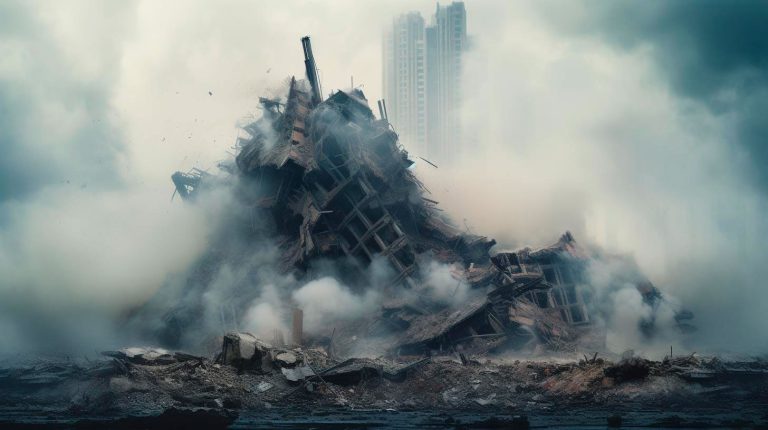

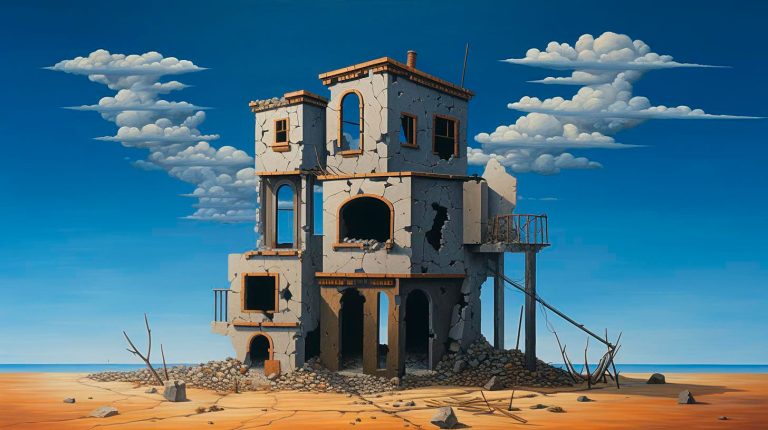
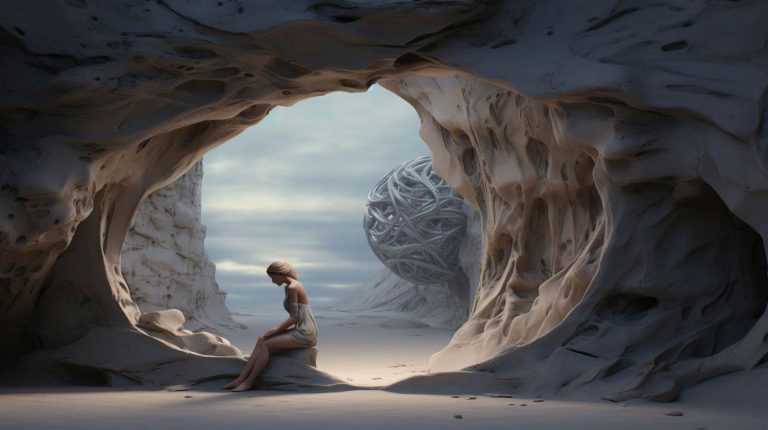

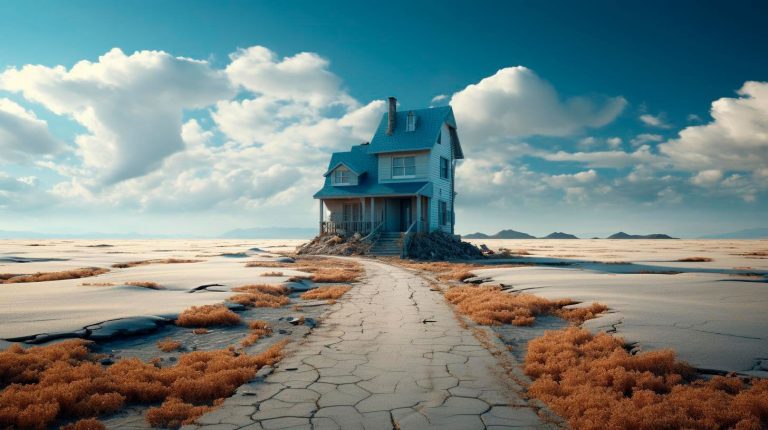


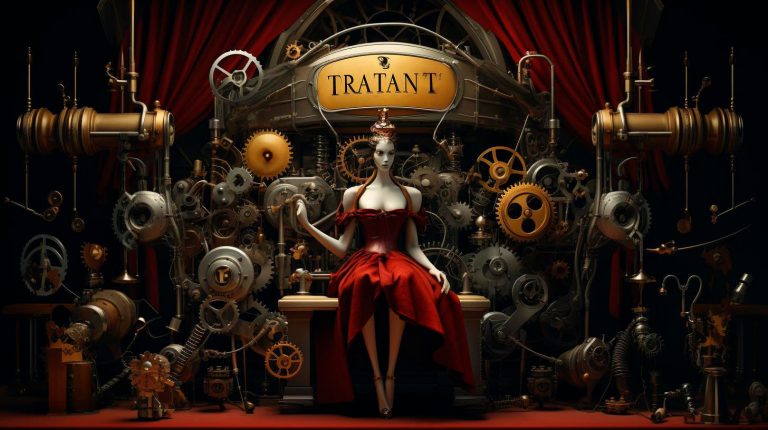
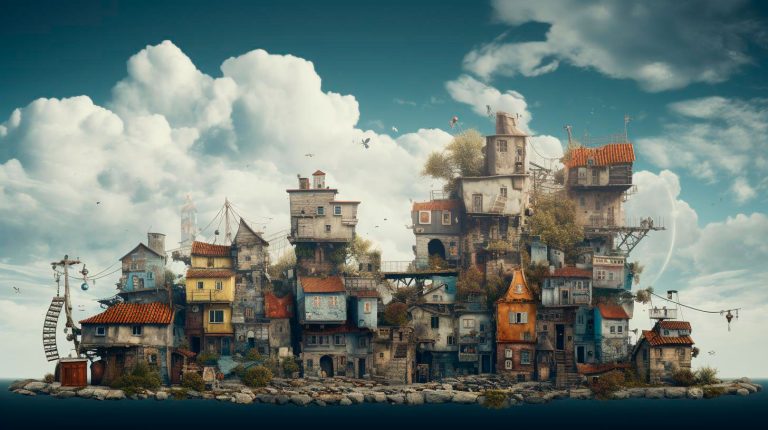








+ There are no comments
Add yours